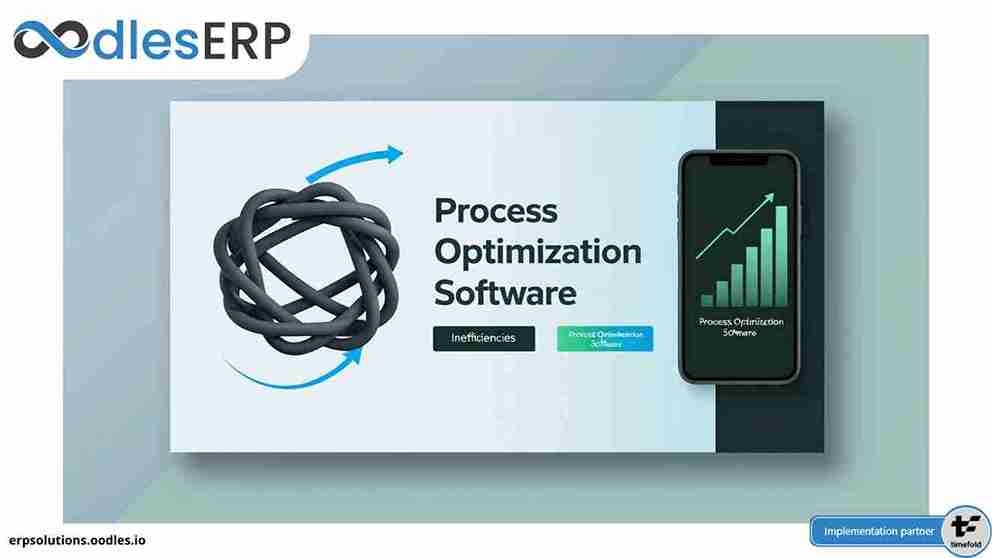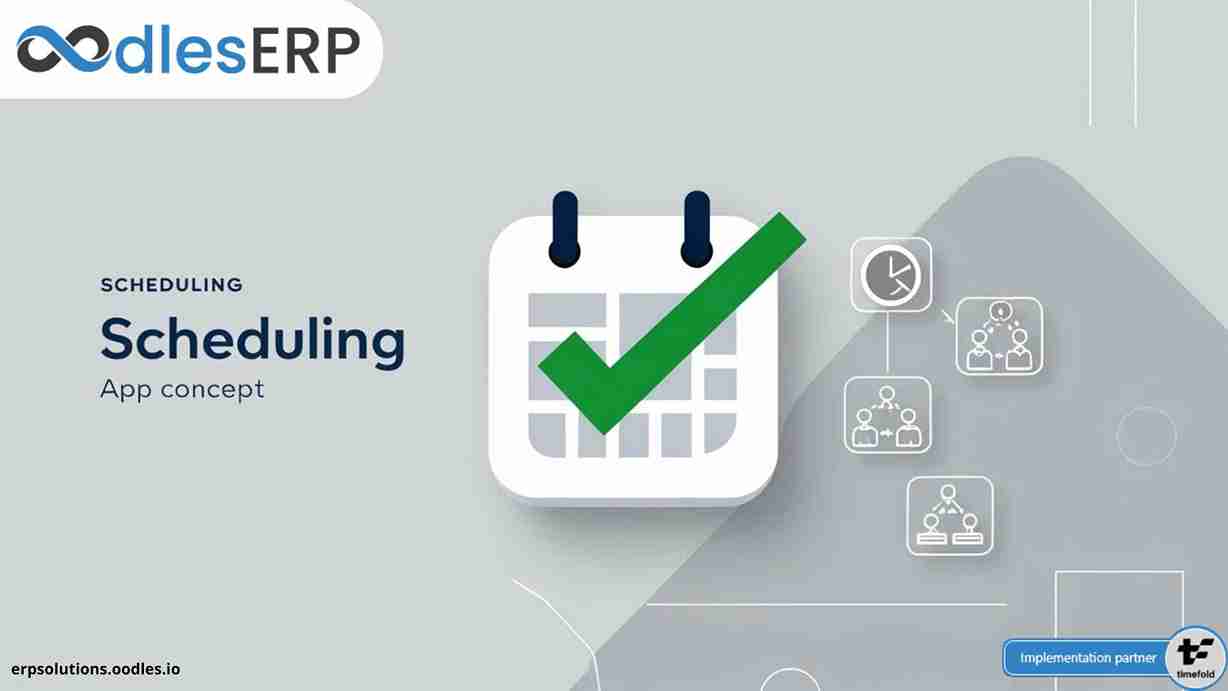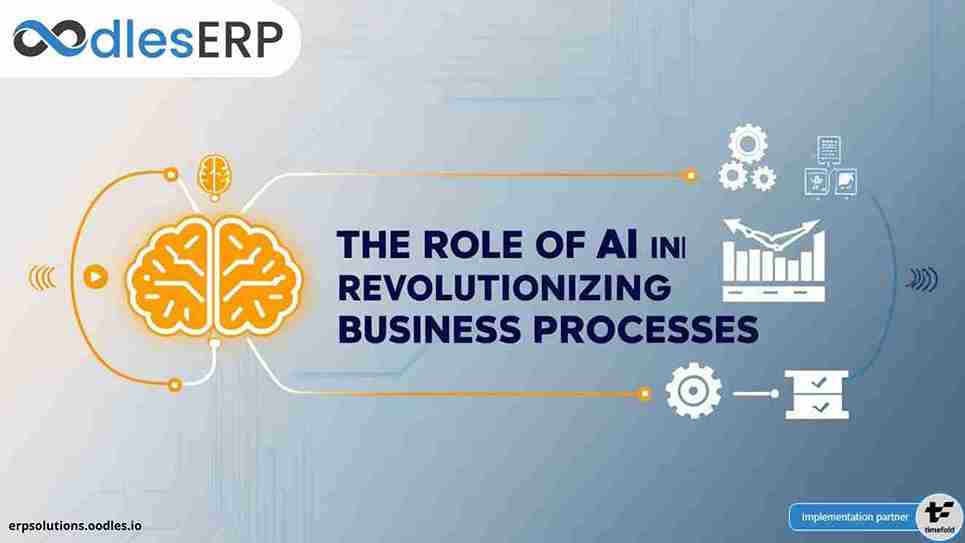Retaining old customers and attracting new ones is subject to the efficiency with which businesses can conduct quality customer interactions. Today, more and more Salesforce integration service providers are using Salesforce Lightning to enable businesses to improve their customer retention. Salesforce lightning is a faster, modern and powerful version of Salesforce CRM. It is a component-based framework for app development. It is designed to accelerate salesforce application development with minimal coding requirements.
Salesforce Lightning’s sleek and intuitive design enables users to easily navigate Salesforce to close more deals in less time. Let’s explore how businesses are improving their CRM practices with Salesforce Lightning.
Features and Benefits of Salesforce Lightning
Advanced User Interface:
The user interface of Salesforce lightning is more flexible and dynamic as compared to the original classic layout. The new UI provides business users with a seamless transition between mobile devices and desktop. It boosts user productivity by decreasing toggle time between screens. Its advanced interface enables users to work more efficiently with fewer clicks. In addition, its ‘autosave’ functionality and rich-text capabilities provide a better user experience.
Kanban View:
The new Kanban view enables the Sales team to easily manage opportunities. The users can view four key fields on an opportunity and drag a record to the next stage. Users can quickly create tasks and events directly related to the opportunity without leaving the view. Additionally, the stage amounts are re-calculated in real-time when an opportunity advances. It enables users to view updated pipeline information.
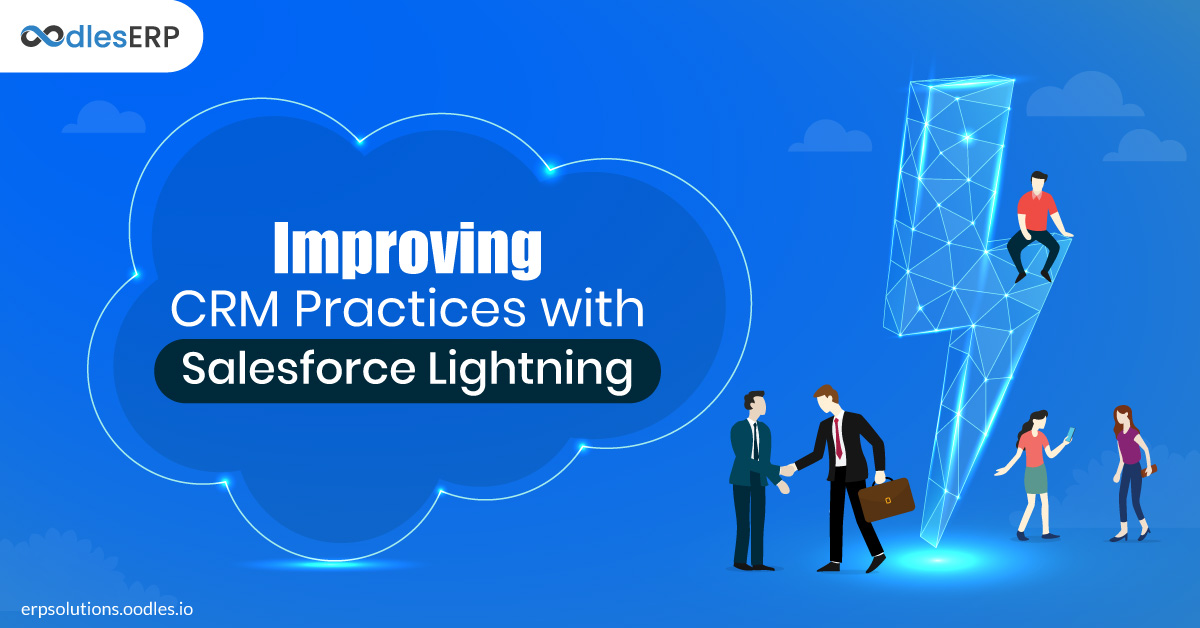
More Columns in Dashboard:
The dashboards are now no longer restricted to three columns. Salesforce Lightning features a four-column dashboard. Moreover, the components on dashboards are animated that enables users to make data-driven decisions.
Lightning App Builder:
With the Lightning App Builder, users can easily customize their lightning pages and home page with drag and drop configuration. Lightning App Builder enables users to adjust and customize lightning components to meet specific business requirements.
Salesforce Einstein:
Salesforce has launched its new feature, Salesforce Einstein, an Artificial Intelligence (AI) tool that enables businesses to be more predictive about their customers. Einstein enables business users to predict the quality of a lead, suggest the next steps and automate tasks.
Salesforce Lightning Components
Salesforce Lightning Component is a UI framework for developing single-page applications for desktop and mobile devices. Lightning components can be build using two programming models:
Aura Components Models
Aura Components are self-contained and reusable units of an application. They represent a reusable section of UI and can range in granularity from a single line of text to an entire app.
Lightning Web Components (LWC) Models
Lighting Web Components are custom HTML elements built using modern Jave script and HTML.
Lightning Component Bundle
The lightning component bundle has 8 files that are co-related with one another. Whenever a user creates a lightning component, the following are created by default:
Component.xml: The component.xml file contains markup code for the component. Each bundle contains only one component or app resource
Helper.js: Javascript functions that can be called from any Javascript code in Lightning component bundle
Style.css: Contains styles for the components
Documentation.auradoc: Description, sample code and multiple references to example components
Rendered.js: Client-side renderer to override default rendering for a component.
Design.design: Set value attributes in a component which is visible in Lightning App Builder, Community Builder, Lightning Pages, and Flow Builder
SVG.svg: Custom icon resource for components in Community Builder or Lightning App Builder
Also Read: Salesforce Data Migration: Best Practices for a Smooth Transition
Aura Component or LWC Component: Which One Should You Choose?
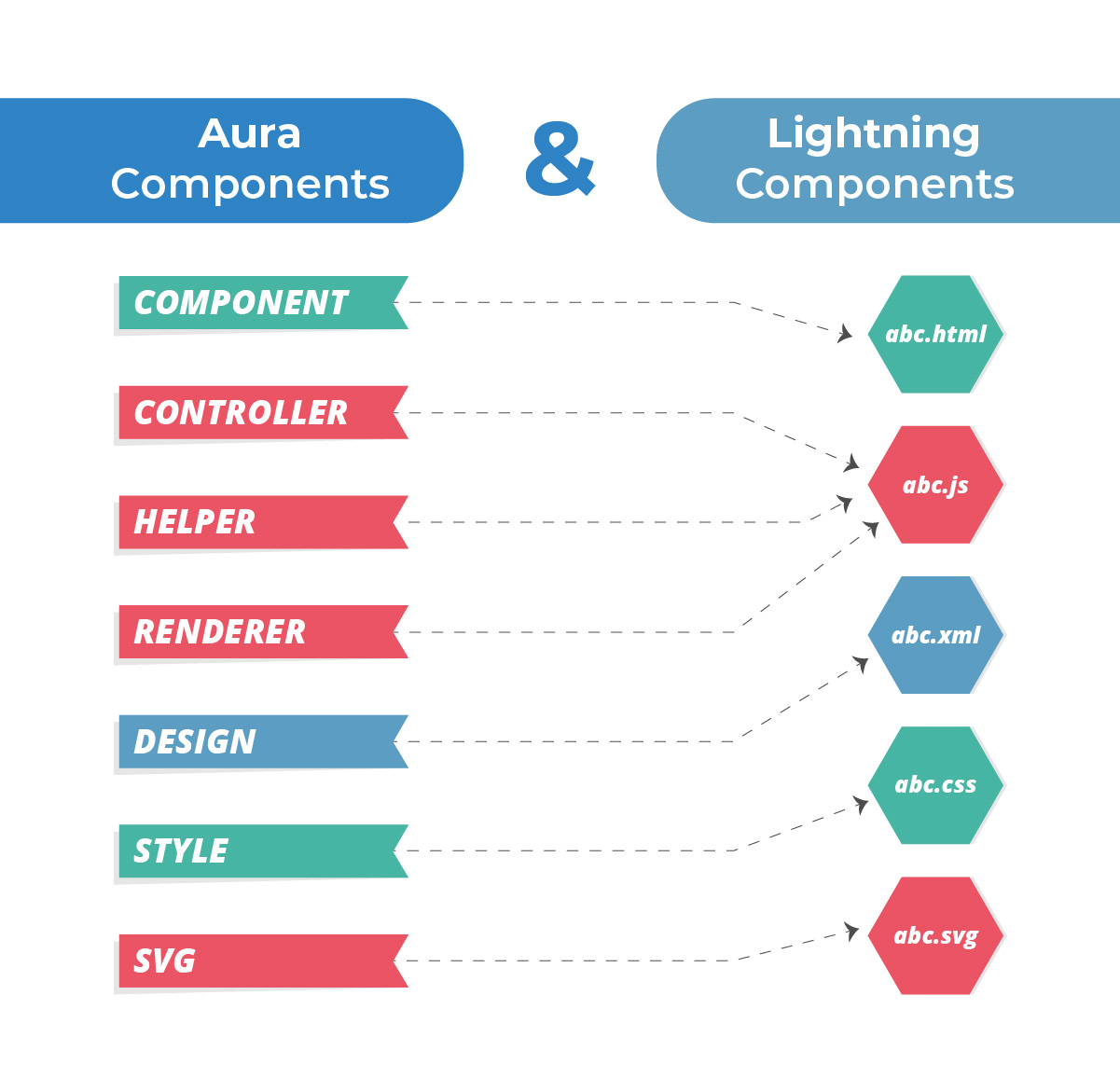
LWC is a programming model that provides new features and functionalities as compared to the classic Aura component. Some of the additional benefits of LWC component are listed below:
* Better Performance
* Modern and Powerful Web Stack
* Compatible with Aura Component
* Ease of Use
* Automatically fetches and presents data
At Oodles, we provide multi-platform integrations with Salesforce to connect all data for a unified view of customers. We provide solutions to clients to centrally manage leads, contacts, and opportunities data through a single database.
The following screengrab video demonstrates how we have integrated Whatsapp with Salesforce using the Lightning web component. It enables businesses to use WhatsApp as a customer service touchpoint.
Gain Benefits of Salesforce Lightning with Oodles
Boost your CRM efforts with our Salesforce development services. Our developers integrate Salesforce with existing ERP systems to provide businesses with better customer information visibility.
We enable businesses to increase their team’s productivity, optimize operations and build apps faster with our Salesforce Lightning services.
At Oodles, we create, mobile-ready Salesforce apps using Salesforce Lightning components. Our core services include:
Lightning App Development: Our developers create custom lightning Salesforce packaged apps.
Lightning Component Development: We design and develop custom reusable Lightning components that enable businesses to seamlessly adapt to changing customer engagement requirements.
Lightning Ready Customization: Our developers re-design and re-deploy Salesforce customizations to make them Lightning compatible.
Connect with our ERP development team to schedule a discussion!
To Read Next: Improving Business Efficiency with Salesforce CTI Integration
